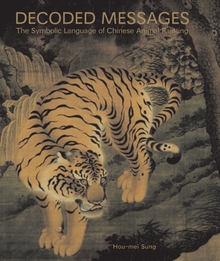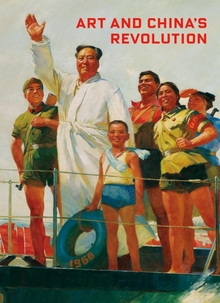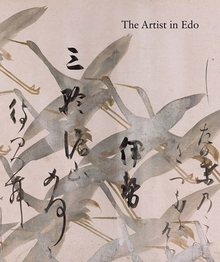Decoded Messages
WARNING
You are viewing an older version of the Yalebooks website. Please visit out new website with more updated information and a better user experience: https://www.yalebooks.com
The Symbolic Language of Chinese Animal Painting
Hou-Mei Sung
During the Ming Dynasty numerous new animal themes were created to convey political and ethical messages current at court. As the result a sophisticated language of Chinese animal painting was developed, employing both the animals’ symbolic associations and homonymic puns. Hou-mei Sung’s exciting rediscovery of some of these lost meanings has led to a full-scale investigation of the evolving history of Chinese animal painting.
Distinct symbolic meanings were associated with individual motifs, but all animals were assigned a place in the universe according to the Chinese concept of nature. From the very early yin/yang cosmology to later developments of Daoist and Confucian philosophies and ethics, Chinese animals gained new meanings related to their historical contexts. This book explores these new findings, using the colorful animal images and their rich and evolving symbolic meanings to gain insight into unique aspects of Chinese art, as well as Chinese culture and history.
Exhibition Schedule:
Cincinnati Museum of Art (October 2009 – February 2010)
Hou-mei Sung is curator of Asian Art at the Cincinnati Art Museum.
EXHIBITION SCHEDULE
Cincinnati Museum of Art (October 2009 – February 2010)
Publication Date: October 6, 2009
200 color illus.









